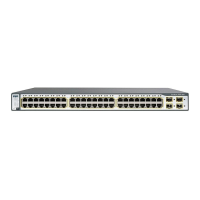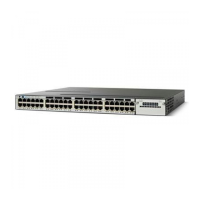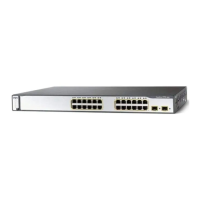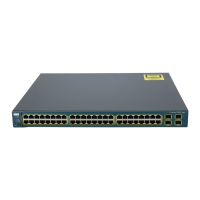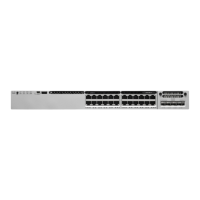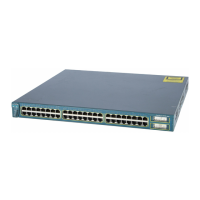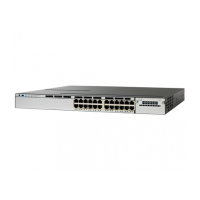Contents
xix
Catalyst 3750-E and 3560-E Switch Software Configuration Guide
OL-9775-08
How a Switch or Port Becomes the Root Switch or Root Port 18-8
Spanning Tree and Redundant Connectivity 18-8
Spanning-Tree Address Management 18-9
Accelerated Aging to Retain Connectivity 18-9
Spanning-Tree Modes and Protocols 18-10
Supported Spanning-Tree Instances 18-10
Spanning-Tree Interoperability and Backward Compatibility 18-11
STP and IEEE 802.1Q Trunks 18-11
VLAN-Bridge Spanning Tree 18-11
Spanning Tree and Switch Stacks 18-12
Configuring Spanning-Tree Features 18-12
Default Spanning-Tree Configuration 18-13
Spanning-Tree Configuration Guidelines 18-13
Changing the Spanning-Tree Mode. 18-15
Disabling Spanning Tree 18-16
Configuring the Root Switch 18-16
Configuring a Secondary Root Switch 18-18
Configuring Port Priority 18-18
Configuring Path Cost 18-20
Configuring the Switch Priority of a VLAN 18-21
Configuring Spanning-Tree Timers 18-22
Configuring the Hello Time 18-22
Configuring the Forwarding-Delay Time for a VLAN 18-23
Configuring the Maximum-Aging Time for a VLAN 18-23
Configuring the Transmit Hold-Count 18-24
Displaying the Spanning-Tree Status 18-24
CHAPTER
19 Configuring MSTP 19-1
Understanding MSTP 19-2
Multiple Spanning-Tree Regions 19-2
IST, CIST, and CST 19-2
Operations Within an MST Region 19-3
Operations Between MST Regions 19-3
IEEE 802.1s Terminology 19-5
Hop Count 19-5
Boundary Ports 19-6
IEEE 802.1s Implementation 19-6
Port Role Naming Change 19-6
Interoperation Between Legacy and Standard Switches 19-7
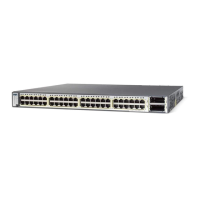
